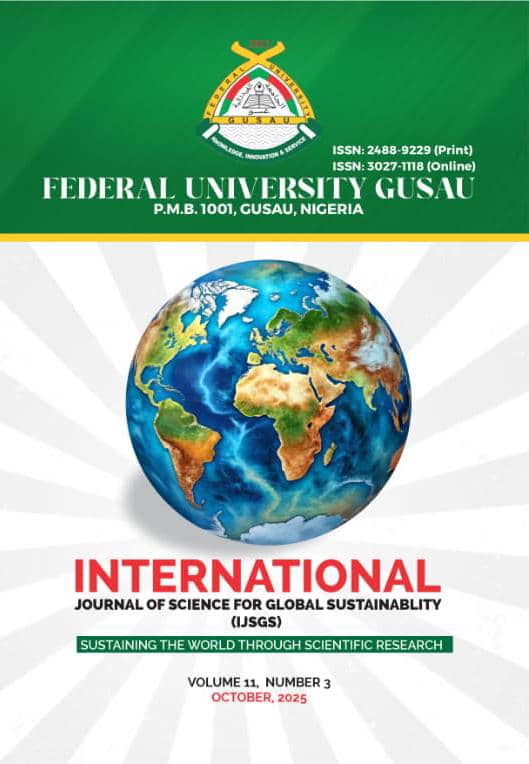Suction/Injection Effect on Exponential Heat Generating Fluid Via a Slit Microchannel
DOI:
https://doi.org/10.57233/ijsgs.v11i3.932Keywords:
Exponential heat source, Suction/injection, Magnetohydrodynamics (MHD), Porous material, Slit Microchannel.Abstract
In this article, the impacts of magnetic fields and fluid motion with exponential heat generation inside a slit porous microchannel affected by suction/injection impact are investigated analytically. We analyzed the natural convective flow of an incompressible fluid over a parallel plate microchannel exposed to a perpendicular magnetic field. One of the parallel plates has a superhydrophobic surface (SHS), while the other plate has a no-slip surface (NSS). A closed-form approach was employed to treat the governing equations for case I, representing the physical scenario of a heated SHS while the NSS remained unheated, and case II, depicting the realistic conditions where a no-slip wall is heated while the SHS remains unheated. The consequences of various flow parameters, such as suction/injection, Darcy number (Da), exponential heat generating parameter (Qg), and MHD, on velocity and temperature, volume flow rate, skin friction, and Nusselt number are graphically demonstrated. It is concluded that the action of suction/injection is to decrease/increase the temperature and velocity components, respectively, for both cases. It is revealed that thermal profiles rise in both cases, considering the impact of the exponential heat generation parameter (Qg). The velocity component and volume flow rate substantially increased with the influence of the Darcy number (Da) and the exponential heat source parameter (Qg). This work will encourage the advancement of knowledge in fluid dynamics and heat transfer, with possible uses for heat transfer advances in the chemical and engineering sectors, microelectronic cooling/heating, biomedical devices, and lab-on-a-chip devices.
Downloads
Published
How to Cite
Issue
Section
License
Copyright (c) 2025 Author(s)

This work is licensed under a Creative Commons Attribution 4.0 International License.












